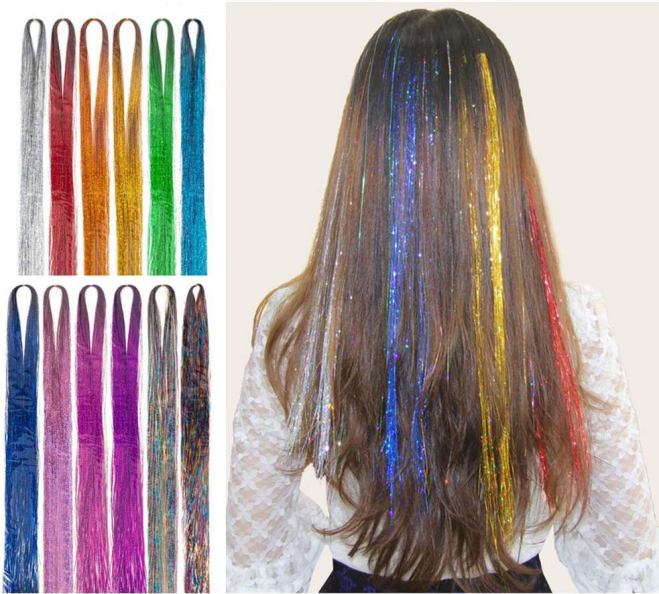
No matter whether you decide to conceal grey hair with dye or go all-out natural, making the transition can take more than simply canceling your monthly root touch-up appointment. With some experience and some essential tools at your disposal, making the change will go much more smoothly.
What to Expect
An unexpected gray strand may come as a shock, but everyone eventually goes grey. Your hair color depends on the distribution, type, and amount of melanin your follicles produce – the same pigment that tints skin, eyes, and nails. As we age, our pigment-producing cells become less capable of replacing themselves; when this occurs, new strands begin to emerge that lighten with age and eventually take on shades of gray and silver – though exactly when this process occurs will vary according to each person, depending on genetic factors. As gray hair lacks melanin, its thickness makes it more susceptible to damage from UV rays and other sources. To maintain healthy gray strands, it is wise to moisturize them with hair oil containing antioxidants like niacinamide and selenium and use shampoos or sprays that prevent the yellowing of darker strands.
Getting Started
One of the key takeaways when it comes to going grey is knowing when you are ready. Sometimes this “knowing” comes gradually over time; at other times, it may come suddenly — perhaps someone noticing your gray roots, your hairdresser telling you not to dye, or simply realizing there are gorgeous women out there with silver locks. If you need more time to adjust, a salon transition could help ease the transition process by lightening dyed hair before tinting it to match its natural grey hue. This method will allow for gradual change while hiding any line of demarcation until it grows out. It can be an excellent option for those unable or unwilling to go without coloring their locks for health reasons. If you choose a salon transition, a stylist can assist in finding products to achieve the look you’re after, making the transition seamless. Gentle, sulfate-free shampoo and conditioner products will also keep your locks from drying out as your locks grow.
Taking Care of Your Hair
Grey hair often becomes coarse and dry as oil glands produce less sebum, producing a wiry texture. Remember this when styling and use a shampoo and conditioner formulated with SilverGloss technology that can smooth strands for improved shine and reduced wiry feel. Our Shimmering Silver range can help provide this solution and reduce that wiry feel by polishing strands while polishing away coarseness for sleek results. Natural grey hair may develop yellowish tones due to UV damage, hard water minerals, or residue from hair products. When choosing your color options and styling techniques, be mindful of this issue; always apply heat protectant beforehand! Create an elegant growing-out stage by opting for a short haircut with this style, as it helps hide any greys that have started appearing gradually.
Getting the Look
Your transition to gray hair should be seamless by playing with different styles while your roots grow. Consider going for longer cuts that help mask the demarcation line or try highlights for an overall more blended effect. Since gray hair tends to have dry, wiry textures, use moisturizing products frequently so as not to look dull and avoid overprocessing your locks with too much heat; overdoing this could bring out yellow tones and make you appear brassy. Option two is to visit your colorist and ask them to add lowlights or ombre effects that will blend more gradually with your natural pigments. This option may work better for light blonde hair with just a few grey strands than going full grey – like platinum-gray hair chameleon Sibley Scoles who rocks this style effortlessly cool look by tucking her silver strands into a tight topknot!

